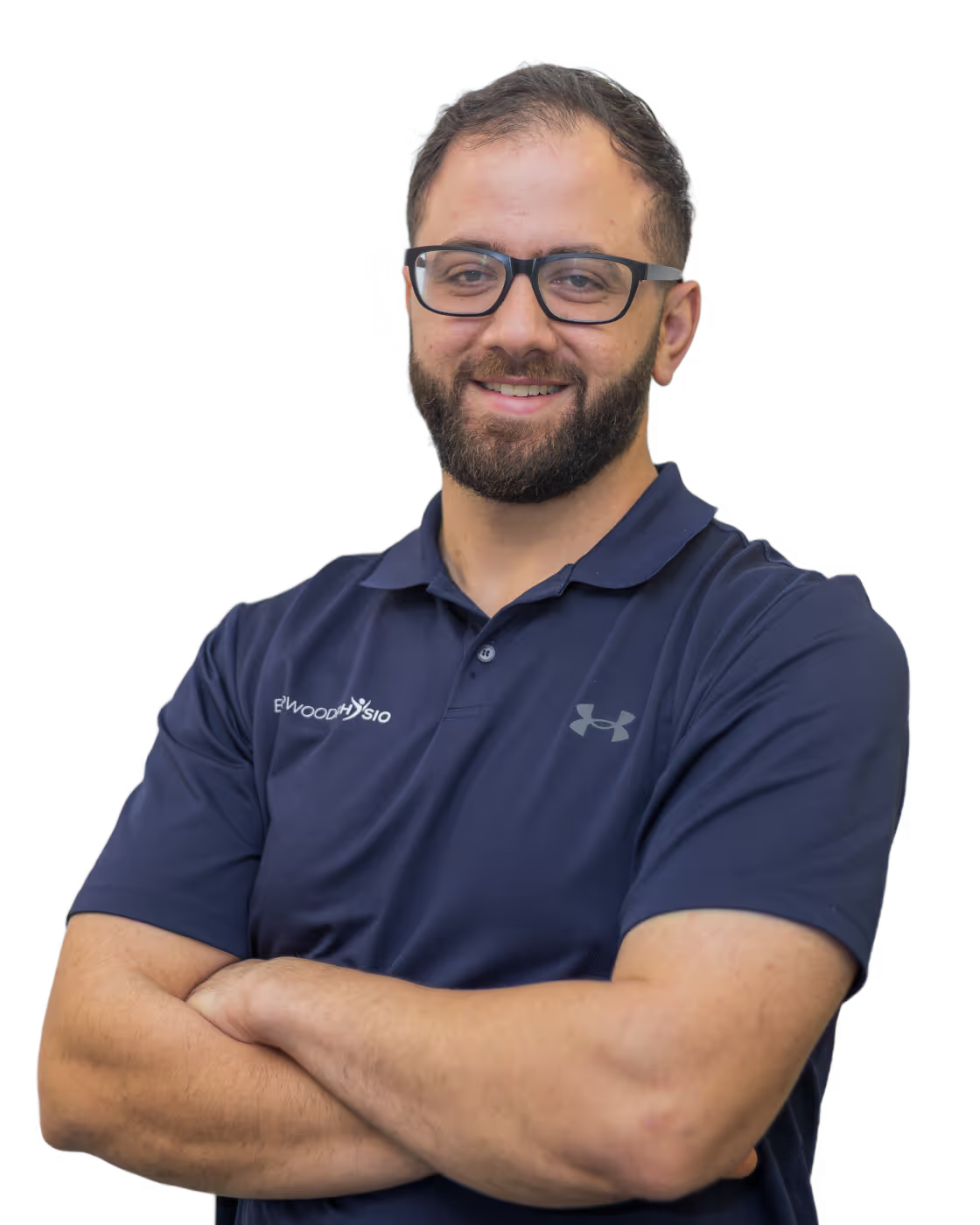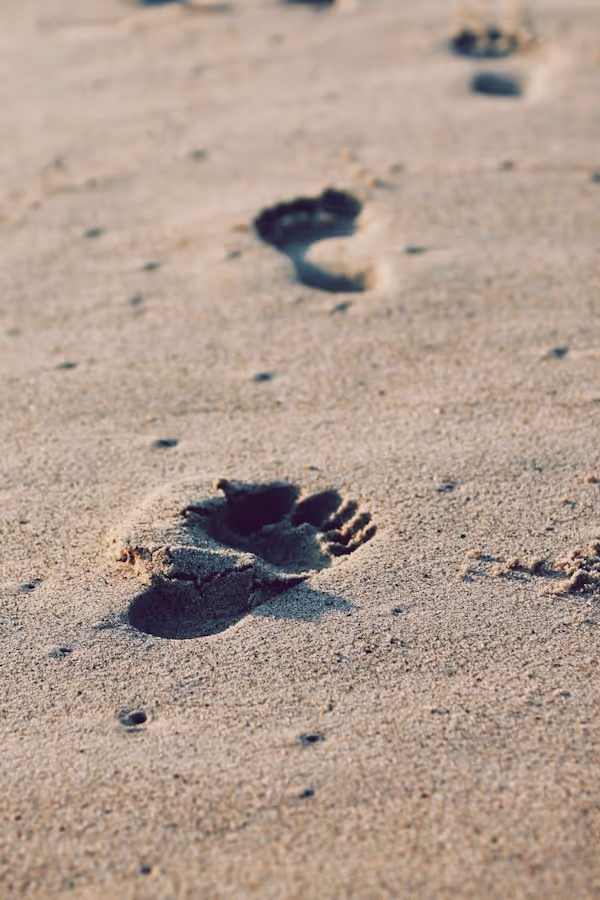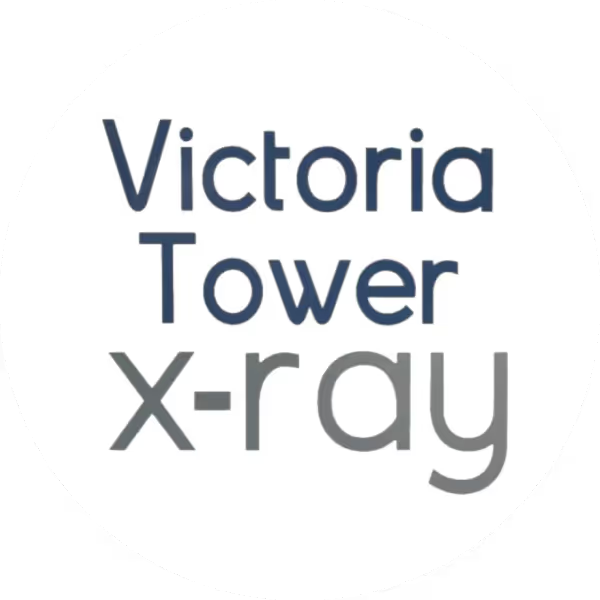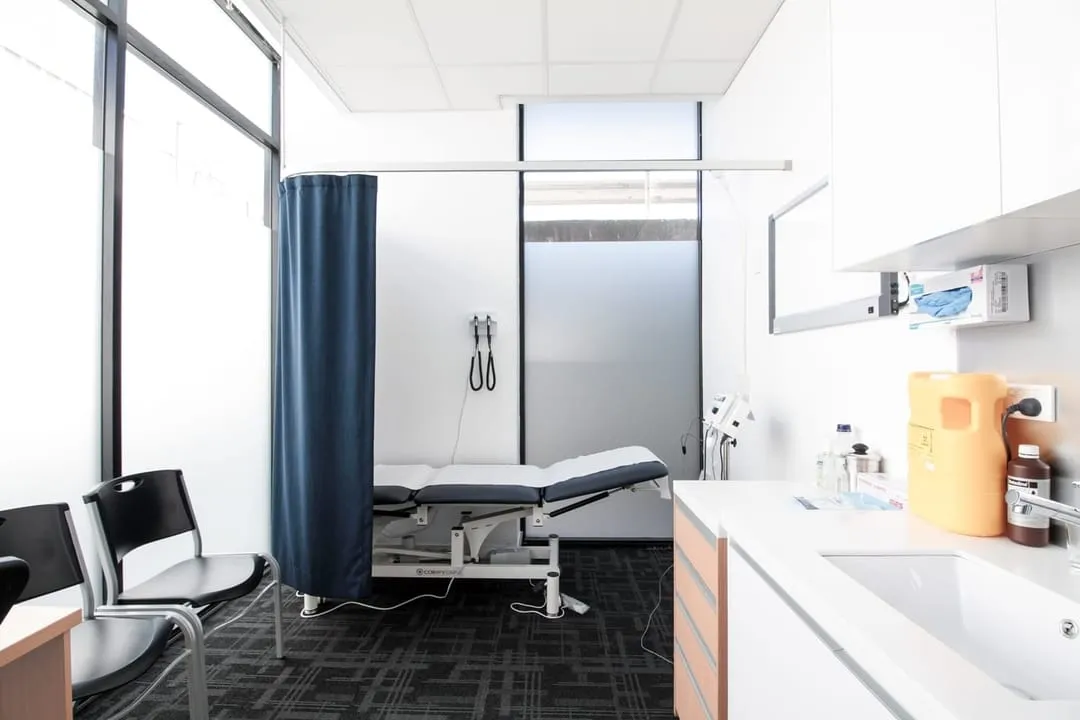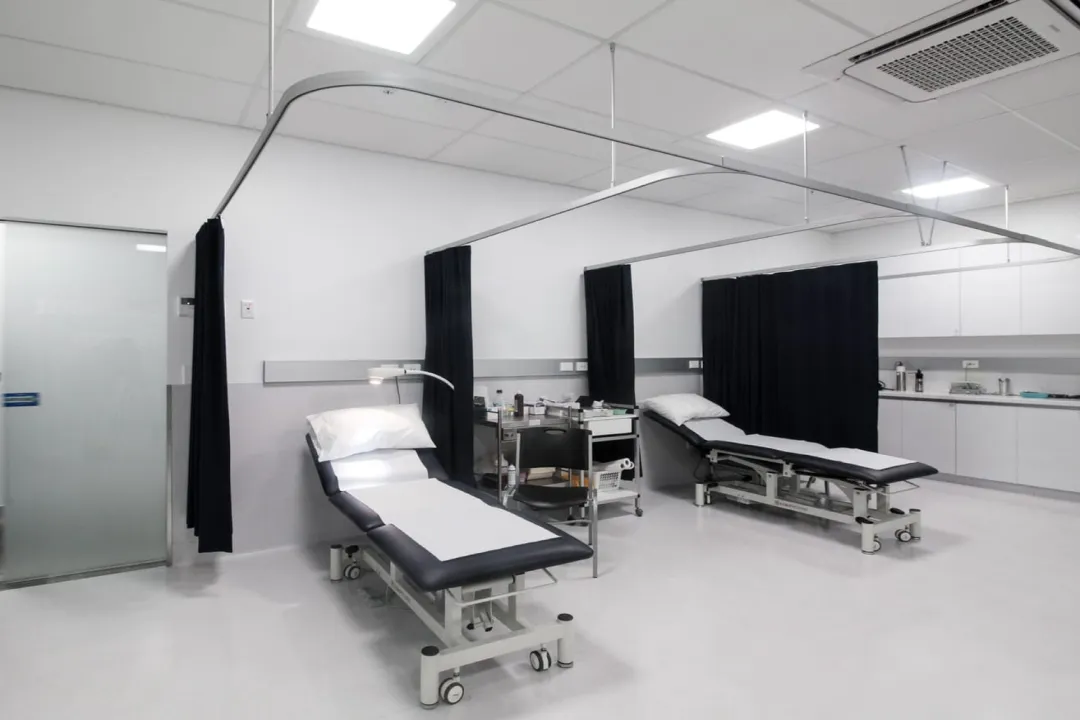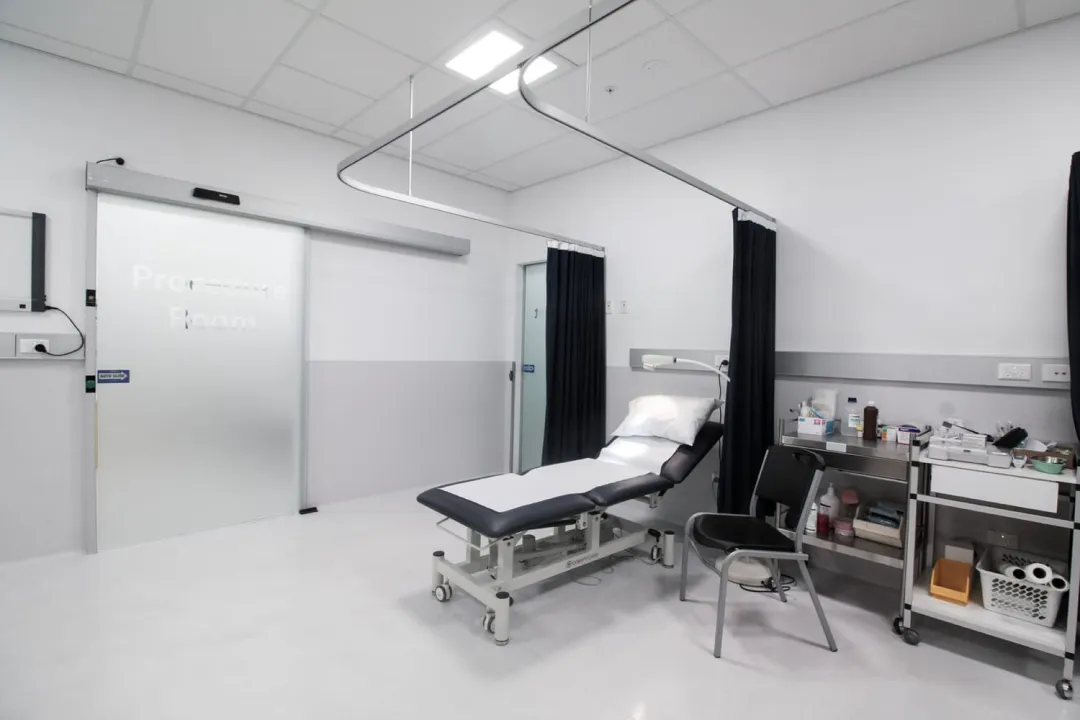We specialise in women’s health, offering comprehensive services and expert guidance.
Our team offers comprehensive support across all areas of men’s health.
Child health clinics support your child’s growth with expert assessments and, if needed, specialised care.
Helping you make informed choices for your family’s future.
Connect with us today to explore our comprehensive healthcare services and experience the difference at Victoria Tower Medical.
Adolescents, seniors, and mental health services cater to unique needs with expert care.
Focused on early detection and prevention for a healthier future.
Comprehensive care to manage and improve chronic health conditions.
Safe and efficient minor surgical care for your medical needs.
Protecting you and your family with essential vaccinations.
Accurate diagnostic tests to assess heart and lung health.
Thorough checks to ensure your skin stays healthy and cancer-free.
– Booking
Tel: +61 2 8322 9000
Adolescents, seniors, and mental health services cater to unique needs with expert care.
We provide tailored care to support the unique needs of adolescents.
Compassionate healthcare services designed for older adults' well-being.
Expert support to promote mental well-being and resilience.
Ready to book your appointment?
Connect with us today to explore our comprehensive healthcare services and experience the difference at Victoria Tower Medical.
Travel medicine ensures safe journeys, Work Cover aids injury recovery, and CTP visits offer specialised accident care.
Comprehensive care to keep you healthy during your travels.
Supportive healthcare for workplace injuries and recovery.
Specialised care for injuries from motor vehicle accidents.
Ready to book your appointment?
Connect with us today to explore our comprehensive healthcare services and experience the difference at Victoria Tower Medical.


